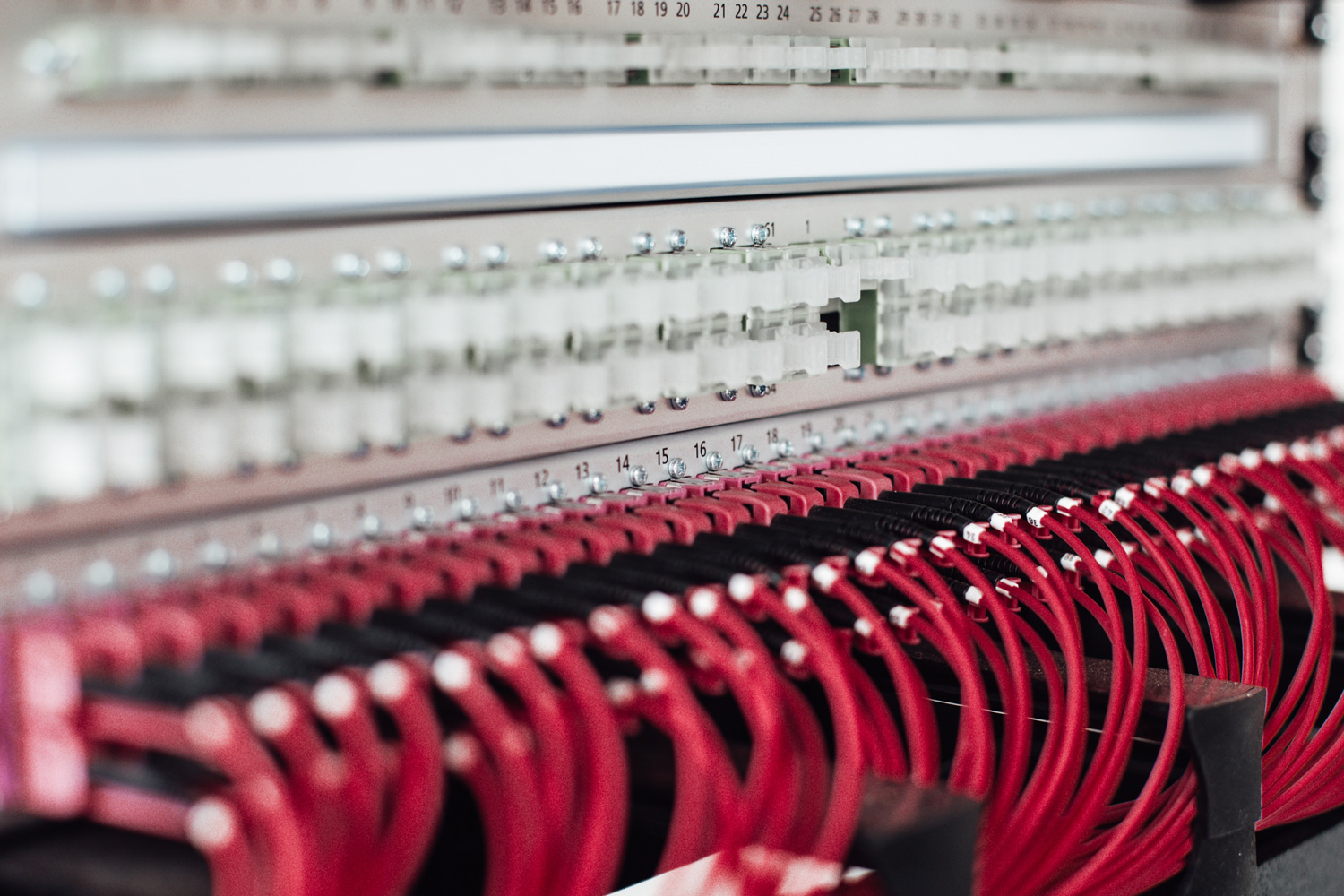The goal of IoT (Internet of Things) is to connect the real world to the digital one, enabling control, improvement, and rapid intervention in countless processes, resulting in benefits such as enhanced security, efficiency, energy savings, and, more generally, an improved quality of life.
Through the use of sensors and actuators, objects become “smart”, meaning they are interconnected via the network to transmit information and data for remote monitoring and control.

The goal of IoT (Internet of Things) is to connect the real world to the digital one, enabling control, improvement, and rapid intervention in countless processes, resulting in benefits such as enhanced security, efficiency, energy savings, and, more generally, an improved quality of life.
Through the use of sensors and actuators, objects become “smart”, meaning they are interconnected via the network to transmit information and data for remote monitoring and control.
For several years now, SIDeA has been contributing to this transition by designing, developing, and delivering comprehensive IoT solutions. These solutions are aimed at major system integrators, large companies, small and medium-sized enterprises, research centers, universities, and the public administration sector in general.
By adopting the solutions offered by SIDeA, customers gain access to the latest open-source and standard software components, flexible and robust multiservice gateways, and sophisticated sensors. The aim is to collect field data and make it accessible for business processes.
In collaboration with world-class partners, SIDeA contributes to making the Internet of Things paradigm concrete and current. It provides “end-to-end” complete solutions or individual components, ranging from device and data management to connectivity and communication platforms, from intelligent peripheral devices to “smart” objects.
Cellular Networks
The use of distributed datalogging systems over even substantial territories always comes with the challenge of collecting data towards central systems and/or receiving specific configurations or commands from them.
The use of networks based on cellular systems (from GSM to NB-IoT) represents a possibility capable of providing an immediate solution with reduced coverage issues, thanks to the different networks available in our country.
In this context, we also propose gateways that can route data collected through standard short-range wireless protocols and then direct them towards central servers using standard cellular systems.


Cellular Networks
The use of distributed datalogging systems over even substantial territories always comes with the challenge of collecting data towards central systems and/or receiving specific configurations or commands from them.
The use of networks based on cellular systems (from GSM to NB-IoT) represents a possibility capable of providing an immediate solution with reduced coverage issues, thanks to the different networks available in our country.
In this context, we also propose gateways that can route data collected through standard short-range wireless protocols and then direct them towards central servers using standard cellular systems.

LoRaWAN Networks
LoRaWAN (Long Range Wide Area Network) is a communication protocol designed to enable low-power communication among IoT devices located at significant distances from each other. It is a key component of the infrastructure to support the Internet of Things.
The operation of a LoRaWAN network is based on a modulation technology called LoRa (Long Range). LoRa devices transmit data using spread spectrum modulations, allowing for low-power, long-range signal transmission, overcoming obstacles, and covering extensive areas.
LoRaWAN networks consist of three main components:
The data transmitted by end devices is encrypted to ensure communication security. LoRaWAN networks provide extensive coverage, with a range that can exceed several kilometers in open spaces.
LoRaWAN networks are widely used in various IoT applications such as environmental monitoring, smart agriculture, smart cities, logistics, and resource management.
They offer a cost-effective and low-power solution for connecting devices distributed over large areas.

